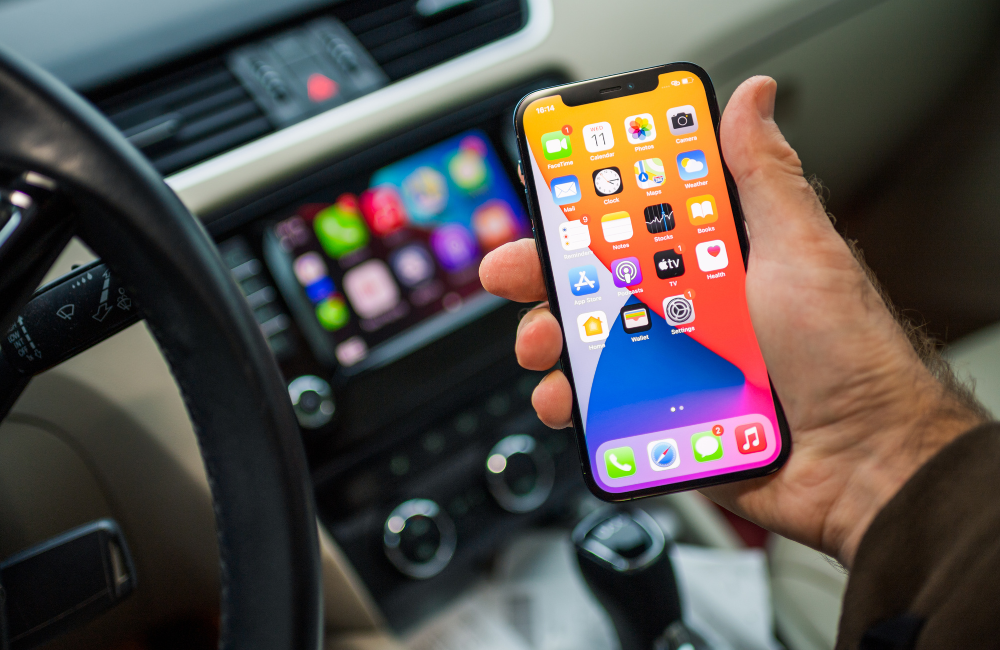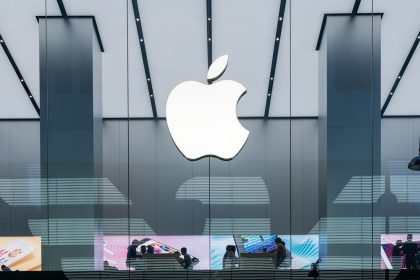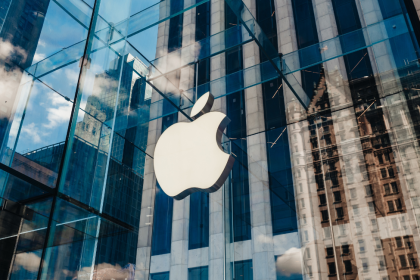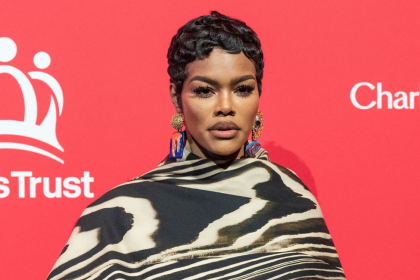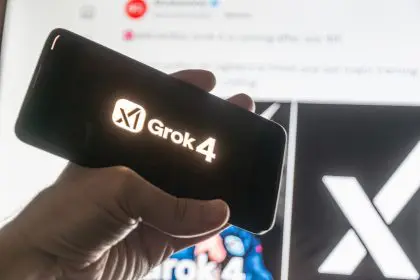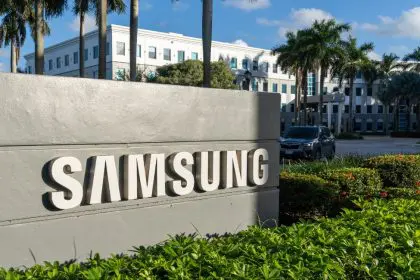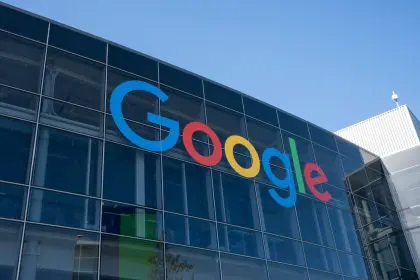Apple has launched a claims portal allowing millions of users to seek compensation following a significant privacy violation lawsuit settlement. The tech giant agreed to pay $95 million in December after allegations that its voice assistant recorded private conversations without consent. This settlement marks a noteworthy development in consumer privacy protection within the tech industry, establishing a clear pathway for affected individuals to receive financial compensation for alleged intrusions into their personal lives.
The settlement comes amid growing concerns about digital privacy rights and represents one of the largest privacy-related payouts in recent years. For many users, this resolution addresses longstanding worries about how their personal information and conversations might be captured by smart devices that have become increasingly integrated into everyday life.
Origins of the privacy controversy
The legal challenge against Apple originated in 2019 when a whistleblower exposed that iPhone’s Siri feature was activating without explicit user permission and subsequently recording private conversations. This revelation prompted California resident Fumiko Lopez to initiate legal proceedings against Apple, seeking class-action status to represent the interests of all affected users.
Lopez’s lawsuit specifically accused Apple of deliberately violating consumers’ privacy rights, with particular emphasis on invasions occurring within private homes—spaces where individuals rightfully expect the highest degree of privacy protection. The case highlighted growing tensions between convenience-oriented technology and fundamental privacy expectations in domestic environments.
Throughout the legal process, Apple maintained that it never used Siri-collected data for marketing purposes and never sold such information to third parties. Despite these assertions about data usage, the company ultimately chose to settle the lawsuit rather than pursue protracted litigation, leading to the current claims process for affected users.
Navigating the settlement claims process
Eligible Apple device owners have received notifications about the settlement and can now submit their information through the dedicated claims portal. The qualification process requires users to provide contact details and either device serial numbers or proof of purchase documentation to verify their ownership of affected Apple products.
Additionally, claimants must make a declaration under penalty of perjury confirming that Siri activated unintentionally at least once during a conversation they intended to keep private. This attestation serves as a crucial element in establishing eligibility for compensation under the terms of the settlement agreement.
The claims submission process has been designed to balance accessibility with verification requirements, ensuring legitimate claimants can receive compensation while maintaining the integrity of the settlement distribution. Technical support resources are available for users experiencing difficulties with the claims portal or uncertainty about their eligibility status.
Understanding compensation structure
The settlement provides approximately $20 in compensation per eligible device—a notable amount considering the settlement’s scale and the potentially vast number of affected users across Apple’s ecosystem. This per-device structure acknowledges that privacy violations can occur across multiple Apple products owned by a single user.
With the July 2 deadline for claim submissions approaching, users must act promptly to secure their portion of the settlement. The claims portal at lopezvoiceassistantsettlement.com provides the exclusive channel for submitting these claims, with no alternative methods available for seeking compensation under this specific settlement agreement.
Following the claims deadline, a distribution process will begin, with eligible claimants receiving their compensation through various payment methods. The settlement administrators have established protocols to ensure efficient processing and distribution of funds once all claims have been reviewed and verified.
Privacy implications for technology users
This lawsuit and its resolution highlight critical privacy concerns in an increasingly connected digital landscape. As voice-activated technologies become more prevalent in homes and workplaces, the boundaries between convenience and privacy continue to blur, raising important questions about consumer rights and corporate responsibilities.
The allegations against Apple emphasize potential vulnerabilities associated with smart devices and voice-activated technologies that may be listening even when users believe they aren’t. This case serves as a stark reminder of the importance of transparent privacy policies and robust consent mechanisms in modern technology products.
The settlement may establish important precedents for how privacy violations are addressed in the tech industry moving forward. By providing meaningful compensation to affected users, this resolution acknowledges the tangible harm that can result from privacy breaches, potentially influencing how other companies approach privacy considerations in product development and policy implementation.
Broader impact on digital privacy standards
As consumers become increasingly aware of their privacy rights, this case represents a significant moment in the ongoing dialogue between technology companies and their users. The settlement demonstrates that even the largest tech companies must remain accountable for their privacy practices and responsive to user concerns about data collection and usage.
For Apple and other tech giants, this case underscores the importance of building privacy protections directly into product design rather than addressing concerns retroactively. The financial and reputational costs associated with privacy violations provide powerful incentives for companies to prioritize privacy-centered approaches throughout their development processes.
For Apple users potentially affected by these privacy violations, the claims process offers both practical compensation and symbolic acknowledgment of their right to privacy. By understanding the claims process and submitting information before the deadline, users can participate in this important resolution while asserting their fundamental right to privacy in the digital age.

